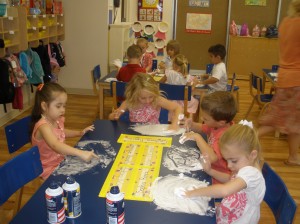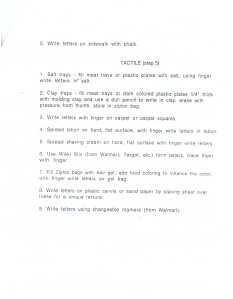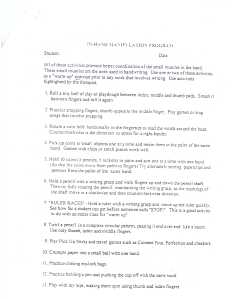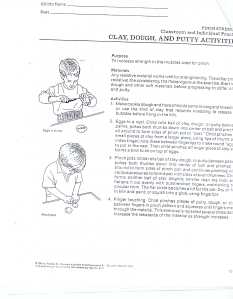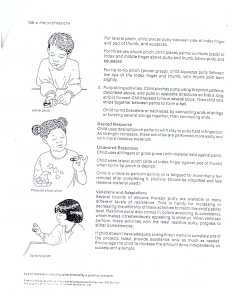You and I may take our ability to write a quick synopsis for granted. Think back to when you first started writing book reports, was it frustrating? Many of you will answer, “Yes”! Here’s why: you were an emerging reader when you started this skill. Ponder this, reading, sounding out words, rereading for fluency, and then trying to understand the plot of a story ? Whew! What a gnarly feat! Thus, comes major frustration (from you and your child) when it comes to writing a summary or book report.
Here are some tips for avoiding this frustration all together: 
1. The books your kids are reading aren’t too long and typically a teacher gives the entire week to complete the book report. Have your child read the book multiple times. Once, to get a handle on the sight words and sounding out words. Twice, for fluency. Third, to comprehend the plot. This can be stretched out over the course of a couple days.
2. Use a graphic organizer, like the one I attached below, to help your kiddo keep notes about the plot. Initially, children start from the end of the story and work backwards. Teachers sometimes use the method of “In the beginning…”, “In the middle…”, and “At the end of the story…” to help kids keep plot events in order. I like the “Somebody, Wanted, But, So, Then” method a little better. I feel like you can get more plot details from kids with this technique. Then, the child can use the organizer to help write his/her retell (summary).
3. At first, take the actual notes in the organizer for your kiddo. Then, have him/her write the retell. Once he/she is more confident in his/her ability to use the organizer, graduate him/her to filling out the organizer by lonesome.
Remember, when your son/daughter comes home with a book report, stay calm and utilize this organizer. Take it from me, its proven to be successful in the classroom!

